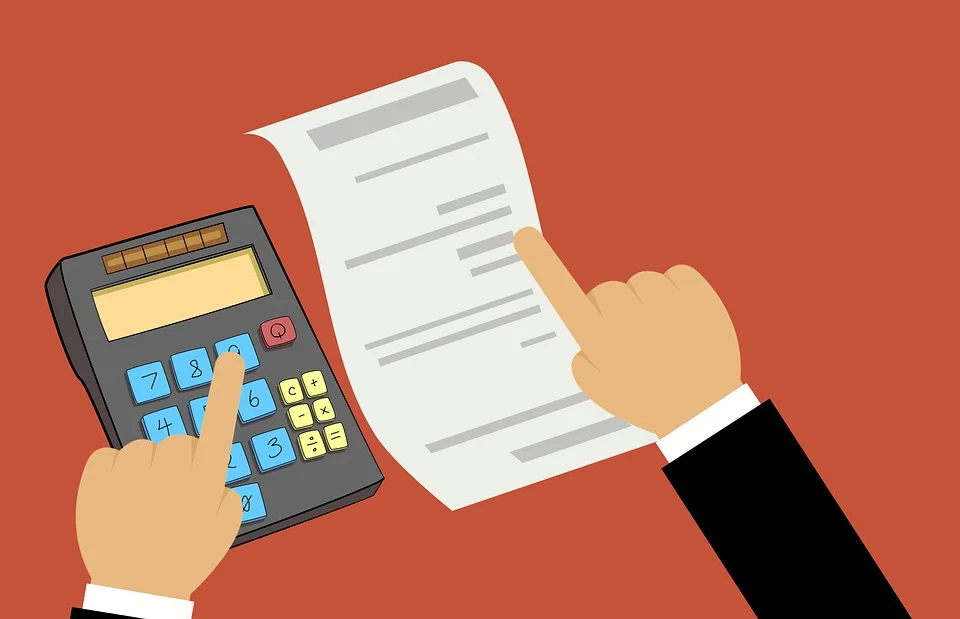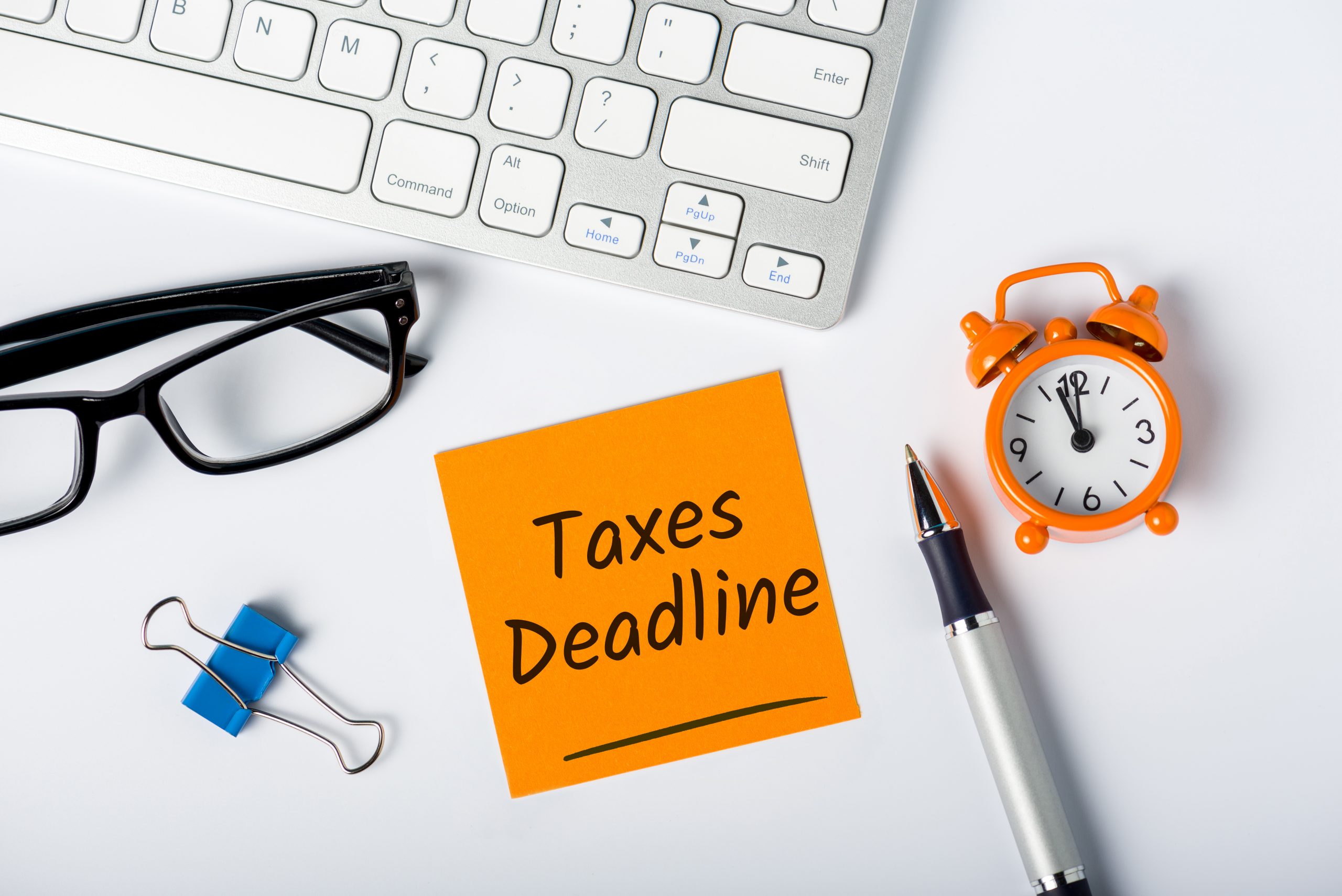Hundreds of thousands more retirees are likely to pay income tax in the next tax year when the triple lock results in an inflation-busting boost to the state pension from 6 April 2024.
More than two-thirds of the roughly 12.7 million over-65s drawing a state pension with only a small amount of extra income from a workplace pension or other nest egg will be income tax payers.
Wage growth and inflation data this week mean that if the triple lock is applied in full, the state pension will increase by average total earnings growth of 8.5%, to £221.20 a week or £11,502 a year. Even if the Treasury waters down the earnings measure to exclude bonuses, the state pension will still rise by 7.8%.
Gary Smith, Financial Planning Partner at wealth manager Evelyn Partners, says: “Thanks to the personal income tax allowance remaining frozen at £12,570 a year this means even a small amount of additional private income will now turn a huge number of state pension recipients into income tax payers in 2024/25, on top of the 800,000 increase in pensioner numbers paying income tax this year.”
HM Revenue & Customs data earlier this year estimated that after April’s 10.1% increase in the state pension, an extra 800,000 pensioners will be paying income tax in the current tax year.[1] It revealed some 8.5million people aged 65 or over will be liable for income tax this year – a 10 per cent increase from 7.7million in 2022-23 and a quarter more than 6.8million in 2020-21.
Smith adds: “The possible new full-rate state pension of £11,502 a year in April would leave only £1,068 of the annual personal income tax allowance available to cover any other taxable income a retiree might generate. For those with defined contribution pension pots, how much tax they pay will depend partly on how they access and use their savings – with the ‘nuclear option’ of simply cashing in a pot in full likely to be the least tax efficient.
“A lifetime pension annuity that will pay £1,068 a year currently costs about £16,875[2], so that goes to show how modest someone’s private pensions savings need to be before they have to start thinking about income tax and tax returns, even if they take the annuity route.
“Even if a retiree wanted to take their 25% tax free lump sum, they would need a pot of just £22,500 to furnish this and the annuity that pays £1,068. According to the ONS, the average pension wealth of those between 55 and state pension age is £37,600[3], so it’s clear that rising income tax liabilities are and will increasingly be a greater issue for retirees to factor into their financial outlook, alongside the rising cost of living and returns from savings or investments, even though tax rates have not risen.”

















